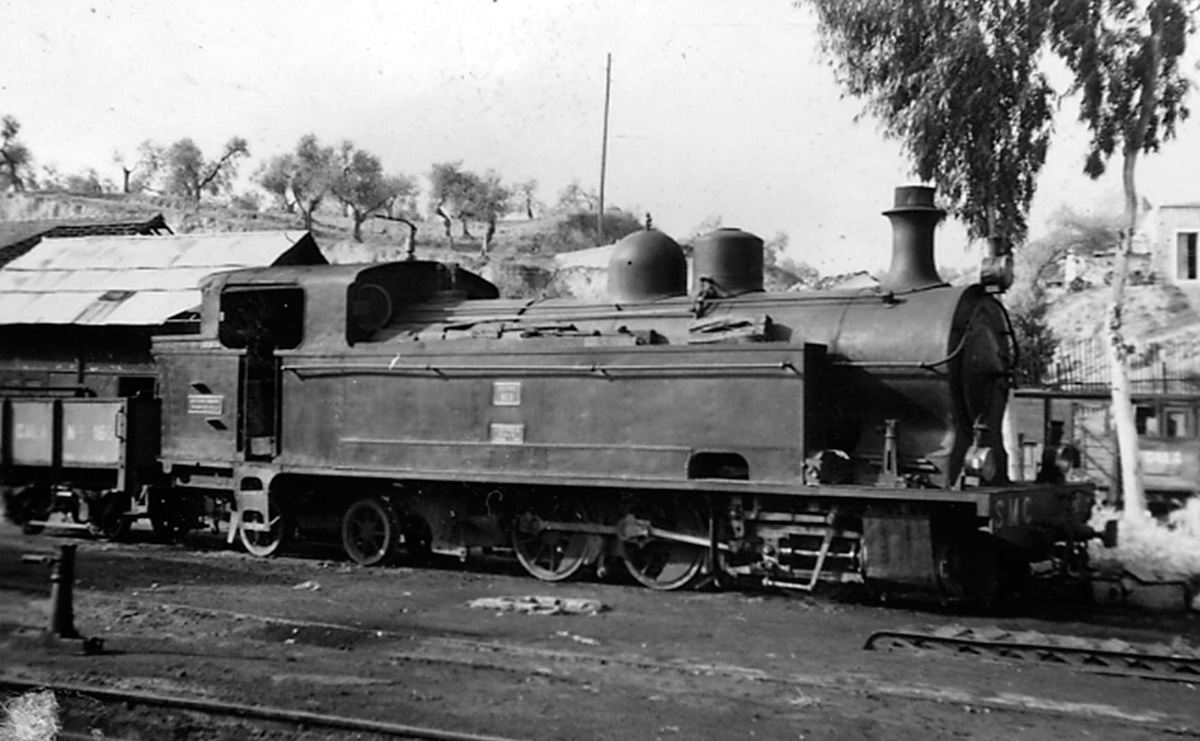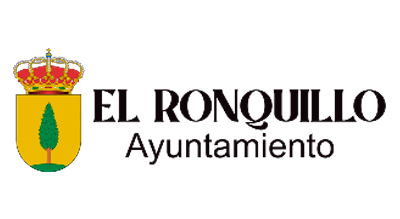El Ronquillo Greenway
History of the Railway

(REDER KLEINGEBEIL, GUSTAVO)
The El Ronquillo Greenway occupies part of the Minas de Cala (Huelva) – San Juan de Aznalfarache (Seville) railway line. This train originated at the turn of the 20th century. Throughout its little more than 50 years of life, this 96-km-long railway transported iron, copper, lead and zinc, as well as other goods and also passengers.
Ownership of the mines was repeatedly passed from hand to hand and from country to country (Portugal, United Kingdom, Spain), as it was a difficult business that invovled very high transport costs to reach the European market. This hustle and bustle calmed down when, in 1900, the “Sociedad Anónima Minas de Cala,” based in Bilbao, acquired the exploitation.
It was decided that the material would be transported by a railway that, starting from the mine, would run almost parallel to the Rivera de Huelva River until it reached the Guadalquivir, from where, by sea, the ore would be distributed to distant destinations in northern Europe. The project was approved in January 1902 and the final cost exceeded the amount of thirteen million pesetas (about € 80,000). In addition to the railway, which is metric gauge, it was necessary to build twelve stations, a halt, and the magnificent river jetty on the Guadalquivir, built with reinforced concrete, a pioneering work of its kind in Spanish engineering.
Construction was completed in just three years, with the railway entering service in 1905. Two branches were added to the main route: from Zufre to Santa Olalla (13 km) and from Ronquillo to the Castillo de Las Guardas Mines (14 km), which in turn had access to the Téuler and Peña de Hierro Mines. This mine changed its original railway destination (the port of Huelva), arriving via this branch to the port of Seville. All this almost doubled, between 1907 and 1910, the goods that were transported. But the excitement that the train had awakened in the local population did not last long. The company faced a crisis due to the closure of mines. Thus, in 1933 passenger services were suspended, leaving residual merchant traffic that ceased in 1955. Only marginal traffic remained between Gergal and Camas, which was closed in 1960, and the tracks were raised shortly after.


